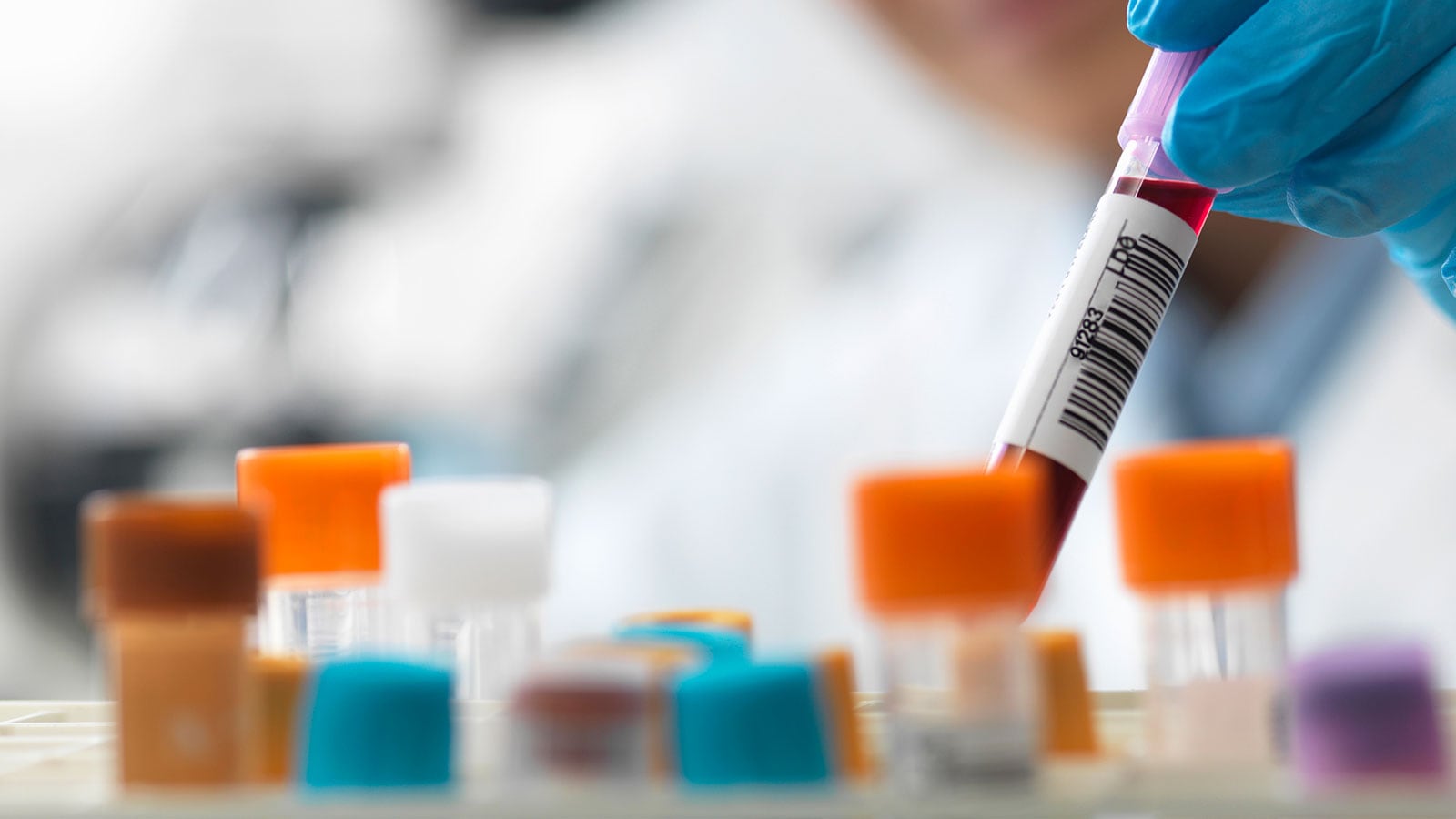Health industries dealmakers should prepare to seize opportunities in 2025
Dealmaking took a hit in 2024 with the number and total value of M&A deals in the Pharma & Life Science and Health Service sectors dropping to pre-2020 levels. However, the markets have seen a number of large-scale transactions in Big Pharma, each with a clear strategic rationale, such as ‘divest to invest’ motives or strategic pipeline replenishment deals. Further, the largest deal in 2024, the Novo Holdings/Novo Nordisk/Catalent transaction, was related to acquiring manufacturing capacity (a shift after years of Big Pharma divesting production plants to often private equity-sponsored CDMOs). For 2025, we expect dealmaking headwinds to ease with improved regulatory certainty and lower interest rates. In addition, Big Pharma will have to be creative amid a particularly high patent cliff. In this blog, I’ll explore these global trends, outline what to expect in the year ahead, and take a closer look at what’s driving dealmakers in Switzerland.
2024 was a comparably calm year for global health industries dealmakers. Activity slowed further from the already low levels of 2023, as evidenced by the reduced deal count and total disclosed deal value. While we counted roughly 4,900 health industry deals in 2023, this figure has dropped to around 3,900 in 2024. The decline is mainly driven by the Americas, where activity was down by a quarter year-on-year. However, the EMEA (–17%) and APAC markets (–14%) also contracted.
In terms of disclosed values, we see that 2024 experienced a 31% drop from $325bn in 2023 to $225bn, which is a global low since 2018. This decline in value was mainly driven by the Americas and EMEA regions, which shrank by 30% and 50%, respectively).
Despite the rather quiet year, the health industries landscape saw a range of large and transformative deals, including Novo Nordisk’s acquisition of three manufacturing sites from Novo Holdings/Catalent (deal value $16.5bn) and Johnson and Johnson’s public takeover of US medtech specialist Shockwave Medical for $14.1bn. Another large public deal was the $4.9bn acquisition of Alpine Immune Sciences by Vertex Pharmaceuticals in the second quarter of 2024, which gave Vertex access to an innovative offering in the immune and protein science space.
These transactions are part of the general trend we are seeing in pharmaceuticals: large cap pharmaceuticals are actively acquiring late-stage biotech firms to strengthen their portfolios and support future growth. Faced with revenue pressures from impending patent expirations, Big Pharma is focusing on acquisitions in targeted therapeutic areas and emerging fields, while divesting lower-growth or non-core assets.
Traditionally, a large proportion of health industry deals are involving private equity and especially venture capital. While PE and VC activity also took a hit in 2024, with 1,800 deals compared to 2,500 in the year before, we have seen a few interesting financially motivated transactions and feel that capital is slowly flowing back into biotech. With abundant capital to deploy and more lenient access to leverage than in previous years, PE and VC houses looking for assets in the health sector are increasingly targeting medtech and digital health companies. Recent deals, such as KKR’s acquisition of a 50% stake in Cotiviti and TowerBrook and CD&R’s bid for R1 RCM, reflect this trend. With financing made easier by slowly declining interest rates in the major Western economies, we can expect this trend to continue well into 2025.
“Switzerland’s early-stage research environment, with a long list of small, innovative biotechs seeking funding, continues to attract strong interest from financial investors, and we see early stage funding flowing back into the market.”
Luca Borrelli,Partner, Pharma and Life Sciences, PwC SwitzerlandGlobal M&A key themes for health industries in 2025
Before moving my focus to Switzerland, I would like to discuss a few global topics that will drive the health industry in general and the related M&A activity in particular over the next year or two.
First, the new US administration will likely reduce uncertainty about future regulation, especially on pricing and antitrust matters. Even though a complete roll back of the Biden policy of lowering drug prices by introducing regulation in the form of pricing mechanisms for select drugs is considered unlikely by political observers, the new administration is expected to apply an approach focused on continuity and improvement of the current policy. This is good news for dealmakers, as regulatory uncertainty is typically seen as a major deal obstacle.
Second, in the coming years, we will see a further surge in patent expirations, making innovative pipeline additions a crucial business development strategy. Morgan Stanley estimates that approximately 35% (or $175bn) of global large-cap biopharma revenues are derived from products that are nearing the end of their patent protection in the next 12 months. To rebuild their growth strategy and in the face of return-hungry shareholders, I expect large cap corporates to add promising assets to their shopping lists in 2025. On the other hand, biosimilars will become more prevalent and the relevant players will ensure that they have the respective products in their pipeline to profit from the LOEs of Big Pharma.
Third, the trend of divesting non-core and low-growth assets is expected to continue to drive M&A agendas. This is partly due to shareholder pressure to lift margins and operational efficiency. International examples of such pursuits include Viatris, which sold an OTC pharma business, an India-based API unit, and smaller assets for a total value of $3.6bn in 2023. Sanofi’s 2024 sale of its consumer health unit generated even higher proceeds, estimated at $16.3bn. These examples give an indication of how divestitures benefit Big Pharma’s financial flexibility and facilitate the funding of strategic additions to the core pipeline. Considering the ageing pipelines described above and the increasing need to add innovative projects, the divest to invest motive will likely push deal activity in 2025.
Fourth, the number of IPOs in health industries is expected to continue to pick up from its 2023 low. According to JP Morgan, there were approximately 20 new listings of biopharma companies on the Nasdaq and NYS exchanges in 2024. This is up from a five-year low of just 13 IPOs in 2023. A total of $4bn was raised on these two exchanges in 2024, with the top three listings by total funding excluding underwriter options being CG Oncology ($380m), Kyverna Therapeutics ($319m), and Bicara Therapeutics ($315m). New listings are considered by many in the industry to be the “lifeblood” of the sector as public markets are an effective way to raise the capital needed to develop pipelines.
Looking ahead, biotech equity experts expect a solid year with a continued recovery in IPOs from 2023 through to 2025 and beyond. Potential candidates include Swiss clinical-stage biotech company Topadur and Xlife Sciences, which is planning a separate listing of its portfolio company Veraxa Biotech on the Nasdaq. In fact, we see movement in the market already early in the year: The Swiss health industry followed closely the first 2025 listing at SIX Swiss Exchange on February 07 which was that of BioVersys, a clinical stage biopharma company based in Basel, raising approx. CHF80m.
All in all, we can see that the health space is in motion, with industry trends and external stimuli making transformative deals for portfolio optimisation and strategic pipeline refocusing an attractive source of growth and business development. Based on an economic outlook that remains intact, I expect dealmaking to pick up in the year ahead.
“In 2025, deal makers in the health industry space will have to get creative to mitigate the consequences of the looming pharma patent cliff and strategically add to their pipelines. At the same time, the divestment of non-core or low-performing assets has become a dominant deal rationale. Based on these two deal motivators, I expect that 2025 will show us a range of ‘divest to invest’ transactions in Switzerland and globally.”
Luca Borrelli,Partner, Pharma and Life Sciences, PwC SwitzerlandAnd what about M&A in the Swiss health industry?
As PwC’s Swiss Pharma & Life Science deals leader, I also want to look at what is driving M&A in the Swiss health industry:
Mirroring the global health industry trend of roughly 15% to 20% lower deal volumes in 2024 compared to the previous year, Swiss M&A activity in the sector decreased. While our database showed 140 deals with Swiss involvement in 2023, this number dropped to 118 in 2024 (–16%). However, from a Swiss perspective, 2023 had actually been a strong year with a record number of deals. Hence, a certain downswing to a long-term average of 100 deals per year (2018-2023) should not come as a big surprise. Similarly, the total disclosed deal value reported in our database has dropped from approx. $14.5bn to $7.3bn.

When taking a look at our data on Swiss transactions, we see that the share of deals with private equity involvement – which for the purpose of this analysis includes venture capital investments – reached a record level in 2024. 62% of pharma and life science and 48% of health services transactions involved a financial sponsor, such as a private equity or venture capital houses. This shows that capital is (again) available and being deployed, which is good news for the local biotech clusters. The continued PE appetite reflects the unbroken interest of financial investors and their pressure and desire to invest in Switzerland. The Swiss early-stage research environment with a long list of small, innovative biotechs seeking funding is just one driver of this trend.

The highest valued deals include the three major 2024 strategic additions to the Novartis portfolio: the acquisitions of Mariana Oncology, IFM Due, and Calypso Biotech seek to further expand the company’s reach in the field of radiopharma as well as in biotech and pharmaceuticals. For the Basel-based Big Pharma player, these major transactions come after a period of smaller deals in recent years. Lonza also substantially expanded its US footprint and strengthened its manufacturing capacity by acquiring a biologics plant from Roche’s US subsidiary Genentech for $1.2bn. This sizeable deal unlocks considerable manufacturing capacities for the next generation of mammalian biologics therapies. Another interesting deal was the acquisition of the Cimerli business from Coherus BioSciences by Sandoz in April 2024 for $170m, which further bolsters the biosimilars portfolio and cements the Basel-based generics specialist’s leading position in the field of biosimilars.
Top M&A Deals of Switzerland in 2024
| Buyer | Target | PE involvement | Deal value ($m) | Timing |
| Novartis AG | Mariana Oncology Inc | PE | 1'750 | Q2 |
| Lonza Group AG | Genentech Inc (biologics manufacturing facility) | Corporate | 1'200 | Q1 |
| Novartis AG | IFM Due Inc | Corporate | 835 | Q1 |
| Dr Reddy's Laboratories SA | Northstar Switzerland | Corporate | 634 | Q2 |
| Nestle Health Science SA | Seres Therapeutics Inc-VOWST Asset | PE | 610 | Q2 |
| Novartis AG | Calypso Biotech BV | PE | 425 | Q1 |
| Investor Group | Alentis Therapeutics AG | VC | 181 | Q4 |
| Sandoz Group AG | Coherus BioSciences Inc-CIMERLI Business | Corporate | 170 | Q1 |
| Sonic Healthcare Ltd | Labormedizinisches Zentrum DrRisch AG | Corporate | 132 | Q1 |
| Context Therapeutics Inc' SPV | Context Therapeutics Inc | VC | 100 | Q2 |
| Investor Group | Asceneuron SA | VC | 100 | Q3 |
In summary, I am optimistic for the year ahead for both the global and the Swiss health industry M&A space. Attending the recent 2025 JPM Health Care Conference, I felt the mood was more upbeat than in the years before, and I sensed the motivation of dealmakers to be creative to get deals done. The need for innovation in times of rigorous portfolio decay through patent expirations, coupled with the tailwinds of a generally friendly macroeconomy and lower interest rates, will likely push dealmakers out of their comfort zones.
M&A industry trends in Switzerland
Learn about the key trends driving M&A activity in Switzerland
Contact us
Luca Borrelli






